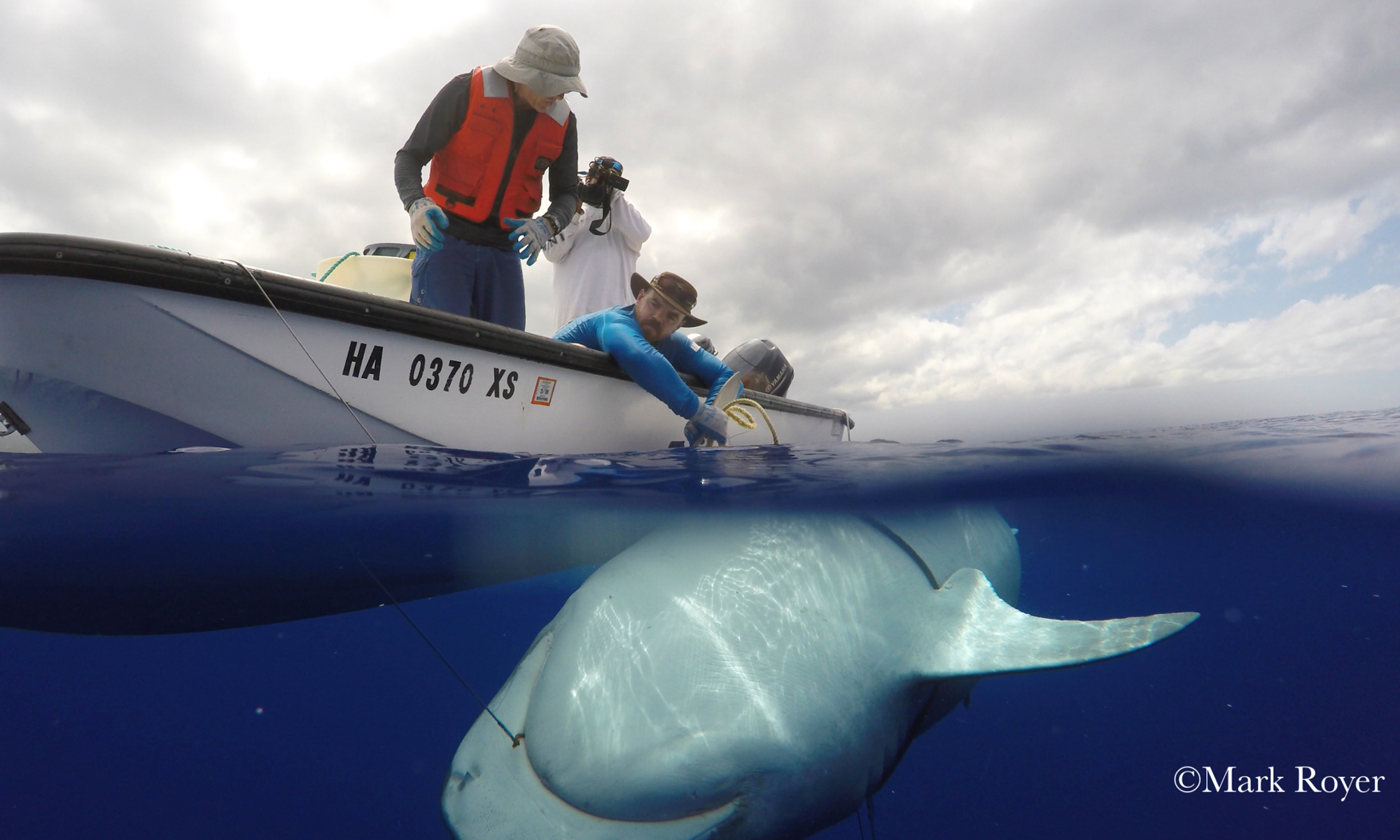Photos have been submitted, votes have been cast, and we are now ready to announce the winner of the Eco Evo Photo Competition! Read on to view the whole gallery of entered photos, with the winner at the end. It was brilliant to receive so many great entries, on such varied subjects. This gallery is a testament to the diverse array of interesting things the people of our Zoology and Botany Departments are involved in.
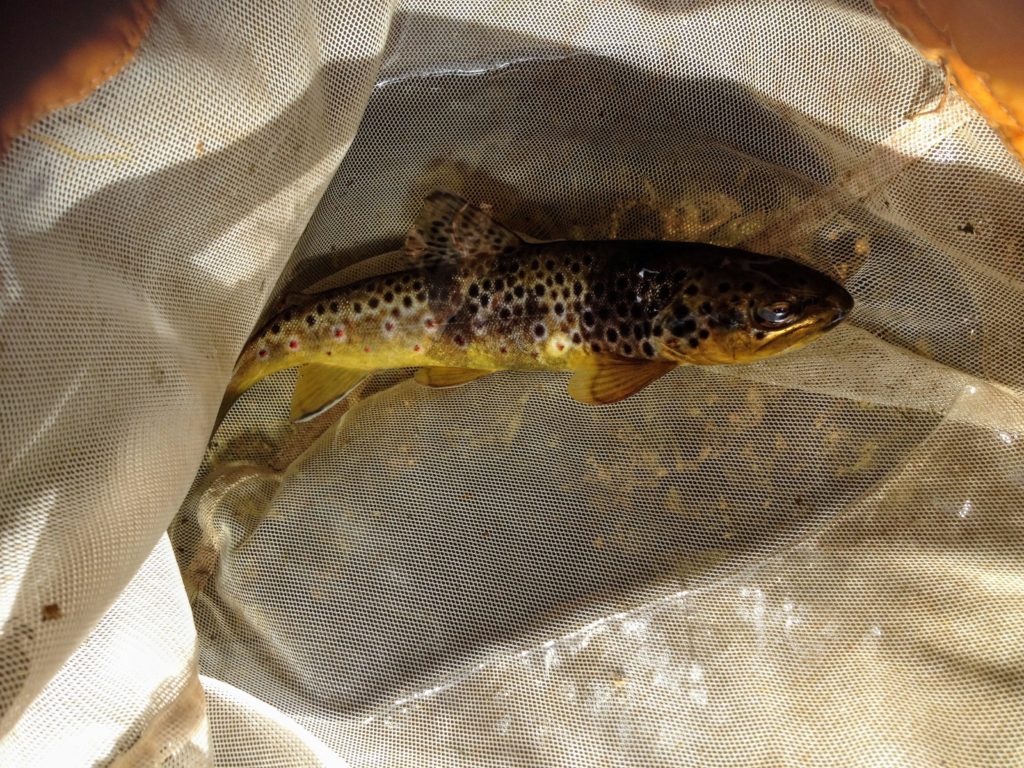 “We spotted this brown trout chilling in some shady shallows as we were finishing up some kick-sampling in the River Barrow at Portarlington. Brown trout are one of Ireland’s most widespread freshwater fish species but it was still a treat to unexpectedly happen upon one. We held it in the net to have a closer look then let it go on its way.”
“We spotted this brown trout chilling in some shady shallows as we were finishing up some kick-sampling in the River Barrow at Portarlington. Brown trout are one of Ireland’s most widespread freshwater fish species but it was still a treat to unexpectedly happen upon one. We held it in the net to have a closer look then let it go on its way.”
Paula Tierney is a PhD student in Celia Holland’s Parasitology Research Group. Find out more about her research on Twitter @_ptierney
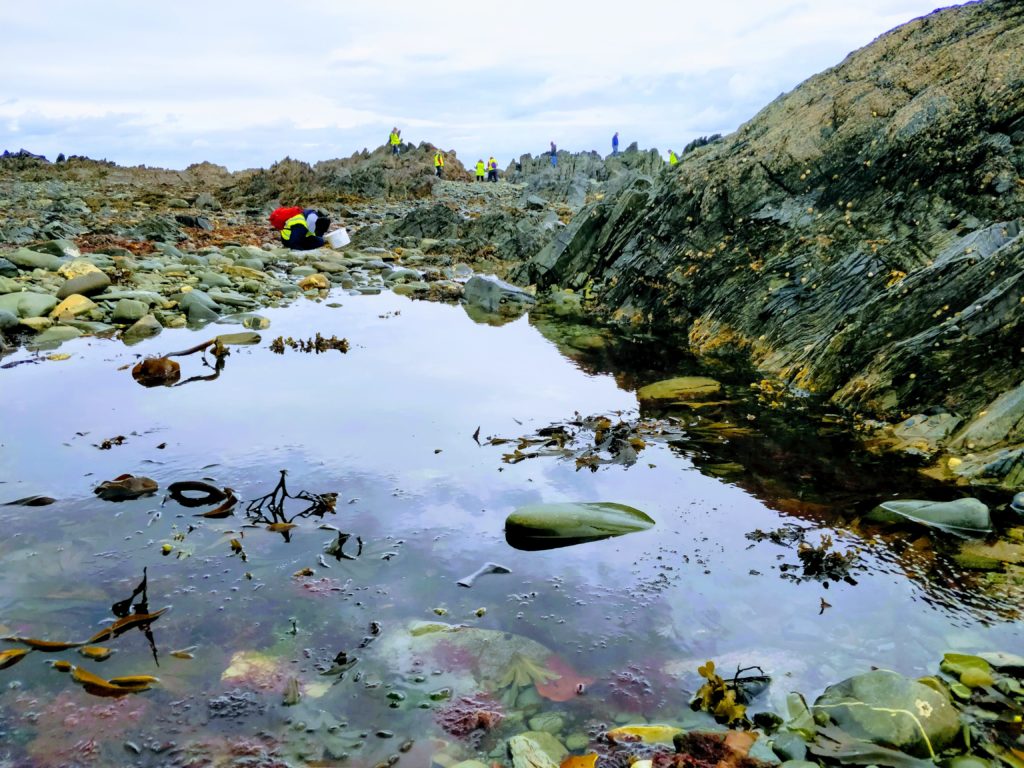 “Hi-vis jackets out in force as the Junior Sophister Zoology students examine a rocky shore on the annual field trip to Portaferry, NI.”
“Hi-vis jackets out in force as the Junior Sophister Zoology students examine a rocky shore on the annual field trip to Portaferry, NI.”
Paula Tierney is a PhD student in Celia Holland’s Parasitology Research Group. Find out more about her research on Twitter @_ptierney
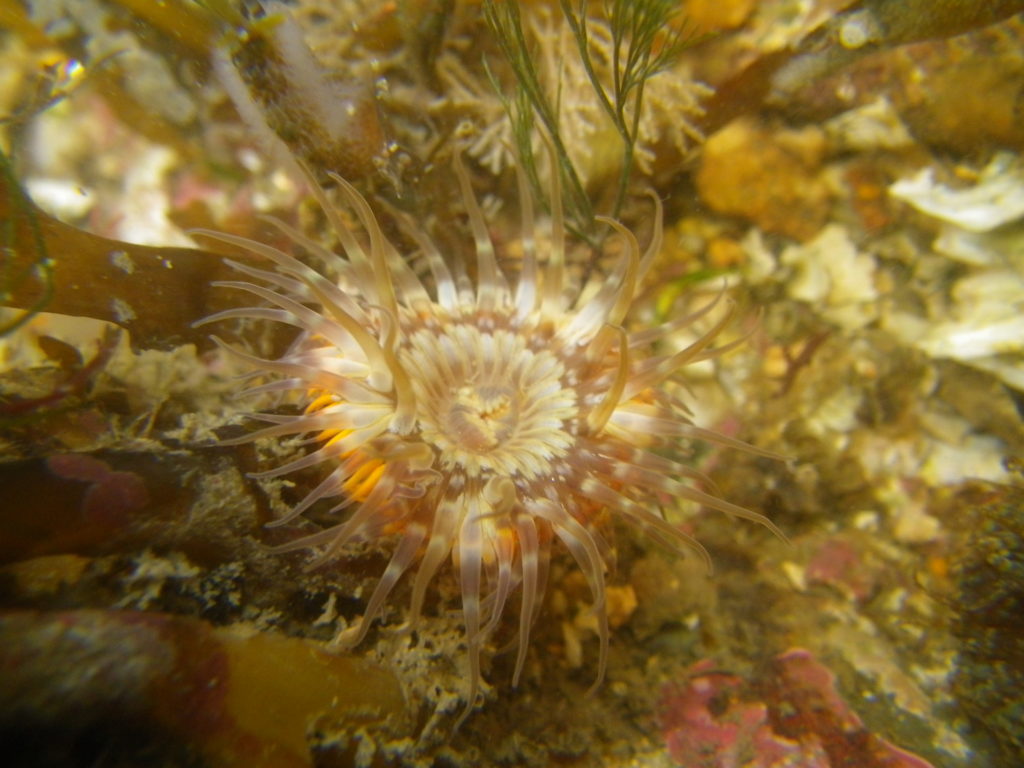 “This photo shows an anemone at the Dorn at Strangford Lough, a place where marine organisms can be observed that would normally live in deeper waters. The incredible biodiversity and colourful inhabitants make the Dorn a very special, fascinating place.”
“This photo shows an anemone at the Dorn at Strangford Lough, a place where marine organisms can be observed that would normally live in deeper waters. The incredible biodiversity and colourful inhabitants make the Dorn a very special, fascinating place.”
Katrin Schertenleib is a PhD student in Nessa O’Connor’s lab. Find out more about her research here.
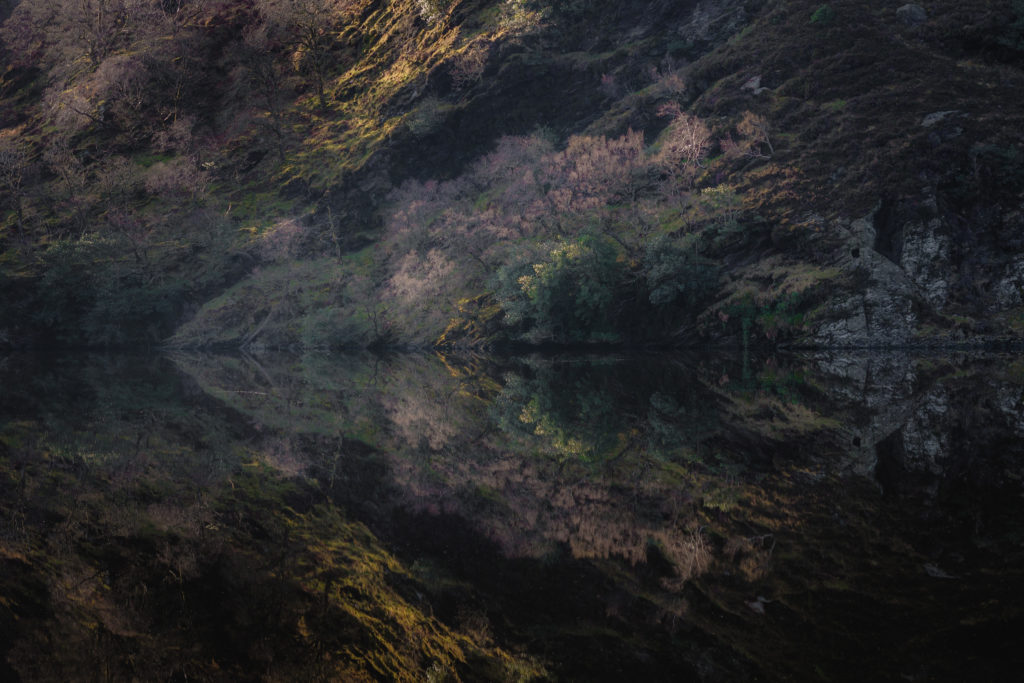 “One morning during the Glendalough field trip back in 2016 we were up early with John to find some mice. While we were walking towards a study site we came across this view of Saint Kevin’s Cave and the Wicklow woods reflected in the calm lake.”
“One morning during the Glendalough field trip back in 2016 we were up early with John to find some mice. While we were walking towards a study site we came across this view of Saint Kevin’s Cave and the Wicklow woods reflected in the calm lake.”
James Orr is a PhD student in Jeremy Piggott’s research group. Find out more about his research on Twitter @Jam_Orr.
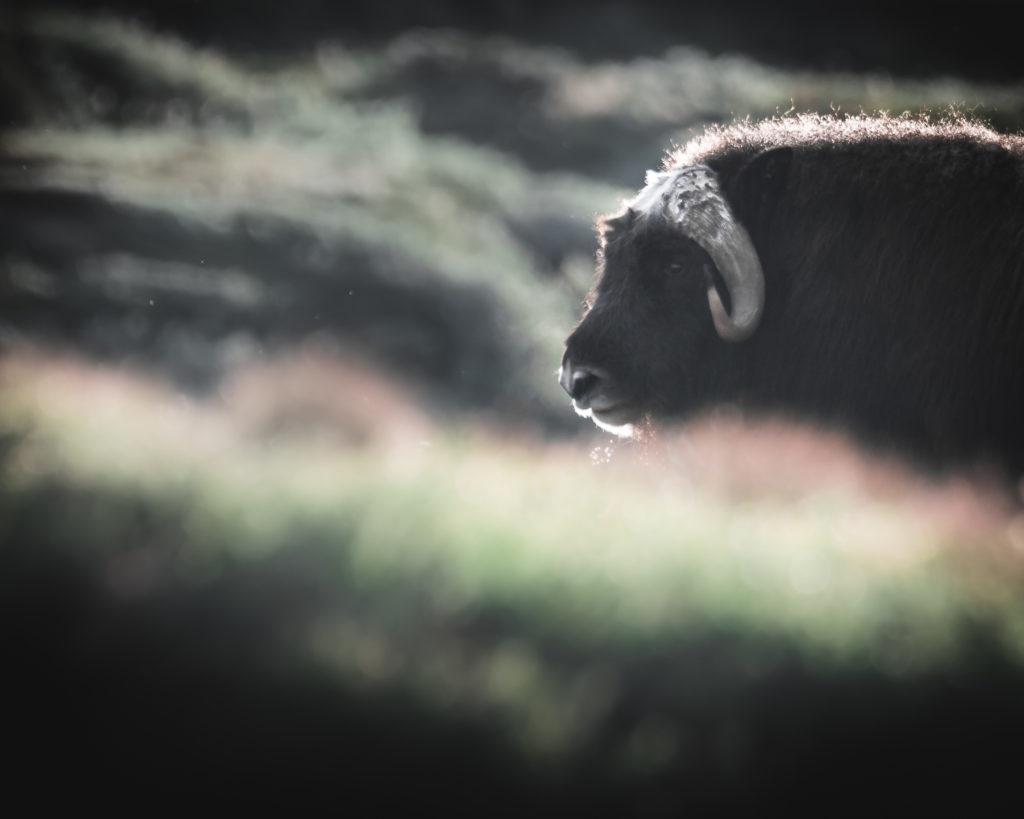 A lone musk oxen backlit by the sunrise in Norway. A friend and I spent a couple of days last summer camping out on the Dovrefjell plateau watching and photographing these gentle giants.
A lone musk oxen backlit by the sunrise in Norway. A friend and I spent a couple of days last summer camping out on the Dovrefjell plateau watching and photographing these gentle giants.
James Orr is a PhD student in Jeremy Piggott’s research group. Find out more about his research on Twitter @Jam_Orr.
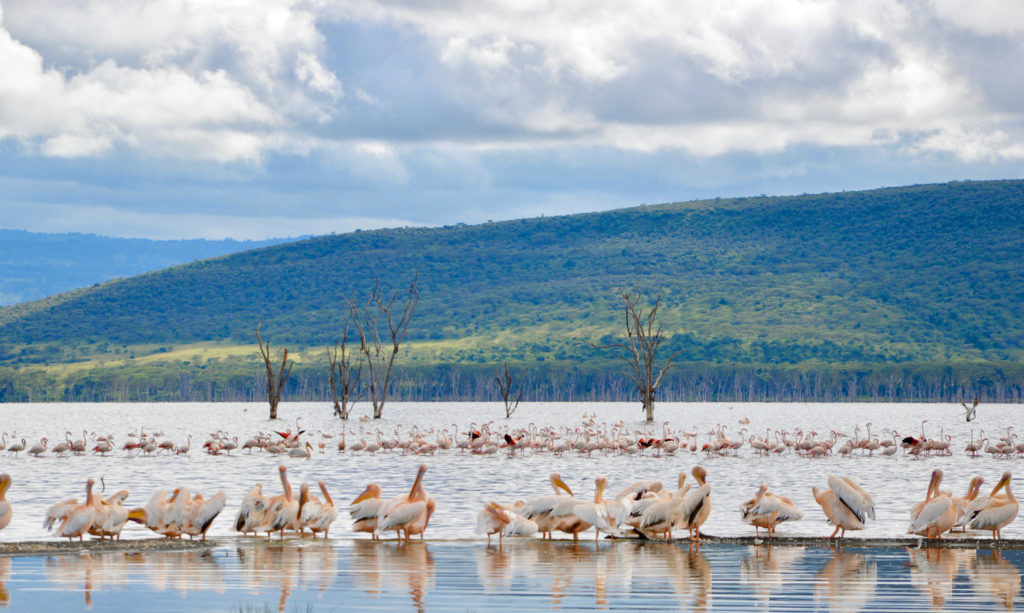 “Pelicans on the bank of Lake Nakuru in Kenya with a flock of Greater Flamingos in the background. ”
“Pelicans on the bank of Lake Nakuru in Kenya with a flock of Greater Flamingos in the background. ”
Floriane O’Keeffe is currently working as a research assistant in the Zoology Department. Find out more on Twitter @florianeeok.
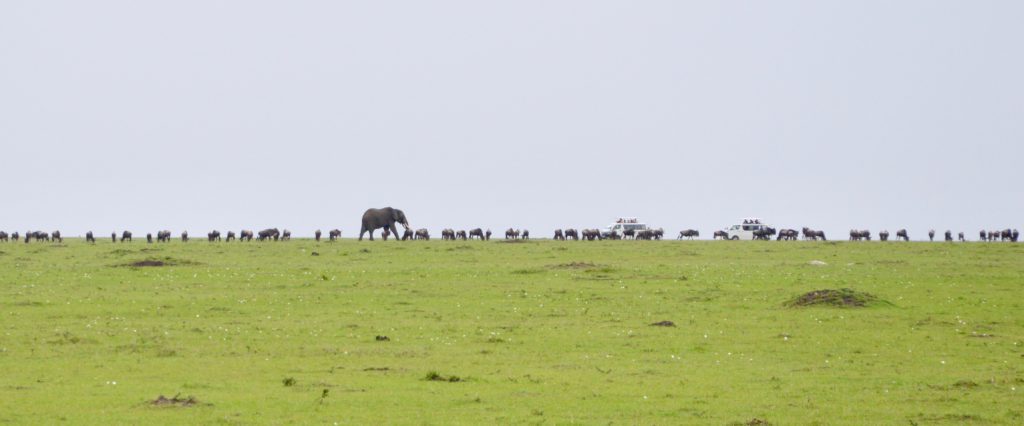 “Two vans carrying students on the annual tropical ecology field trip to Kenya drive towards a lone elephant amidst a herd of wildebeest in the Masai Mara. ”
“Two vans carrying students on the annual tropical ecology field trip to Kenya drive towards a lone elephant amidst a herd of wildebeest in the Masai Mara. ”
Floriane O’Keeffe is currently working as a research assistant in the Zoology Department. Find out more on Twitter @florianeeok.
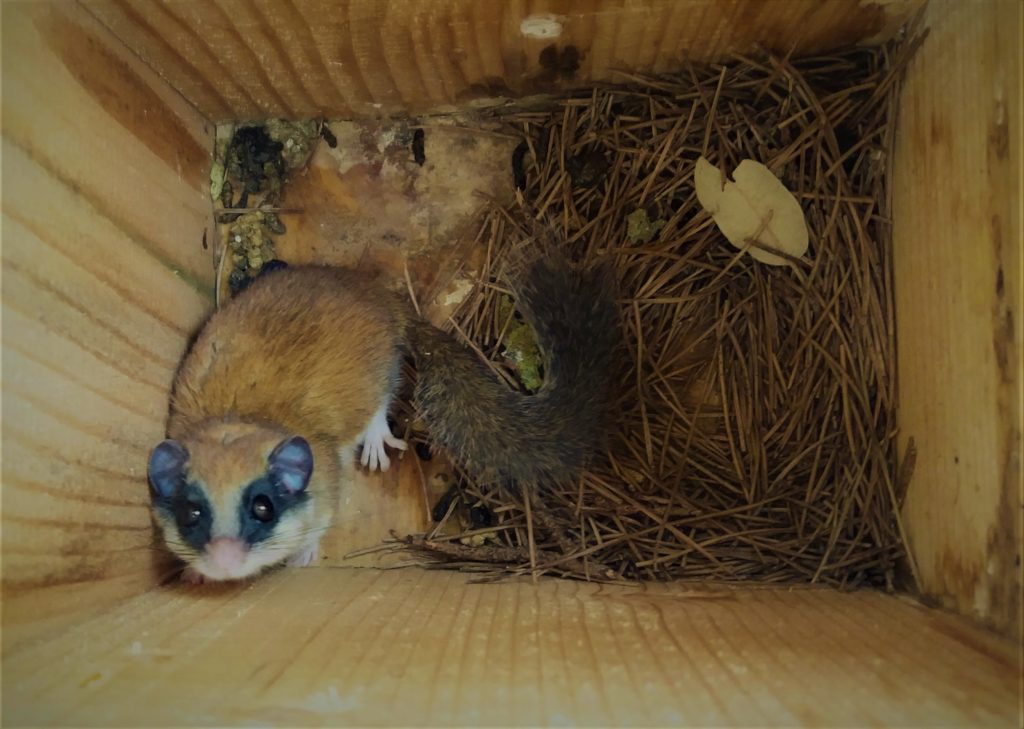 “A Myoxus glis that I found while inspecting artificial bird nests back in Greece. Usually in those nests we found Parus major building their nests in the spring, but this little fellow decided to make one of them his home and that was a nice surprise!”
“A Myoxus glis that I found while inspecting artificial bird nests back in Greece. Usually in those nests we found Parus major building their nests in the spring, but this little fellow decided to make one of them his home and that was a nice surprise!”
Elena Zioga is a PhD student in Jane Stout’s research group. Find out more about her research here.
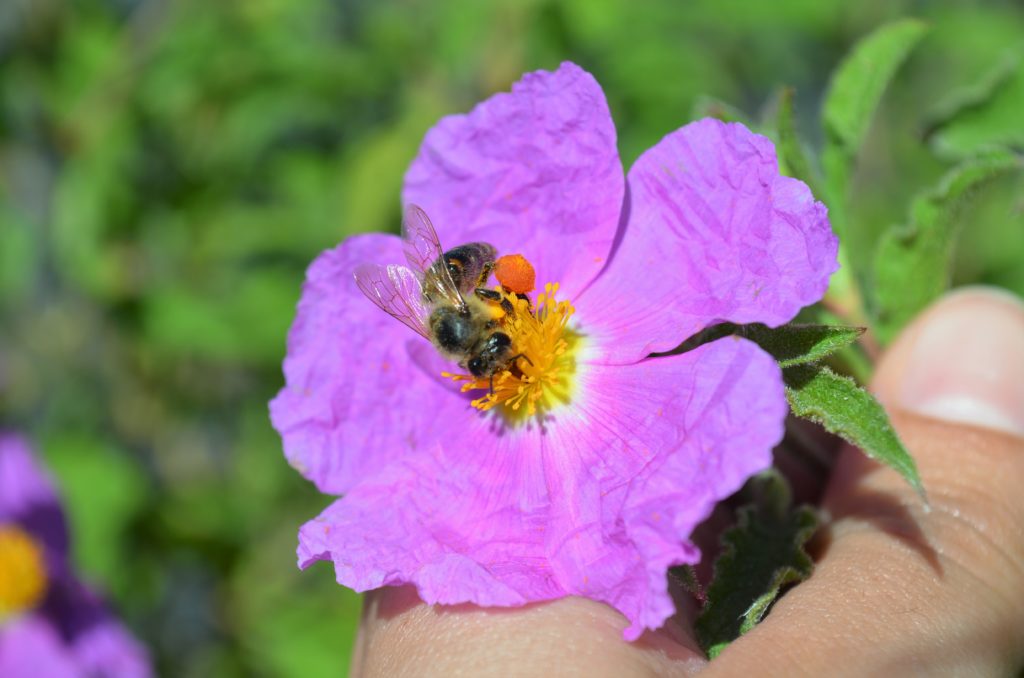 “A bee (Apis mellifera) feeding from a flower of the plant Cistus incanus, which is a very typical mediterranean shrub. This picture was taken during one of my master courses few years ago. Little did I know, that my current PhD project (Characterising pesticide residues in floral resources for bees) would be so related to this picture!”
“A bee (Apis mellifera) feeding from a flower of the plant Cistus incanus, which is a very typical mediterranean shrub. This picture was taken during one of my master courses few years ago. Little did I know, that my current PhD project (Characterising pesticide residues in floral resources for bees) would be so related to this picture!”
Elena Zioga is a PhD student in Jane Stout’s research group. Find out more about her research here.
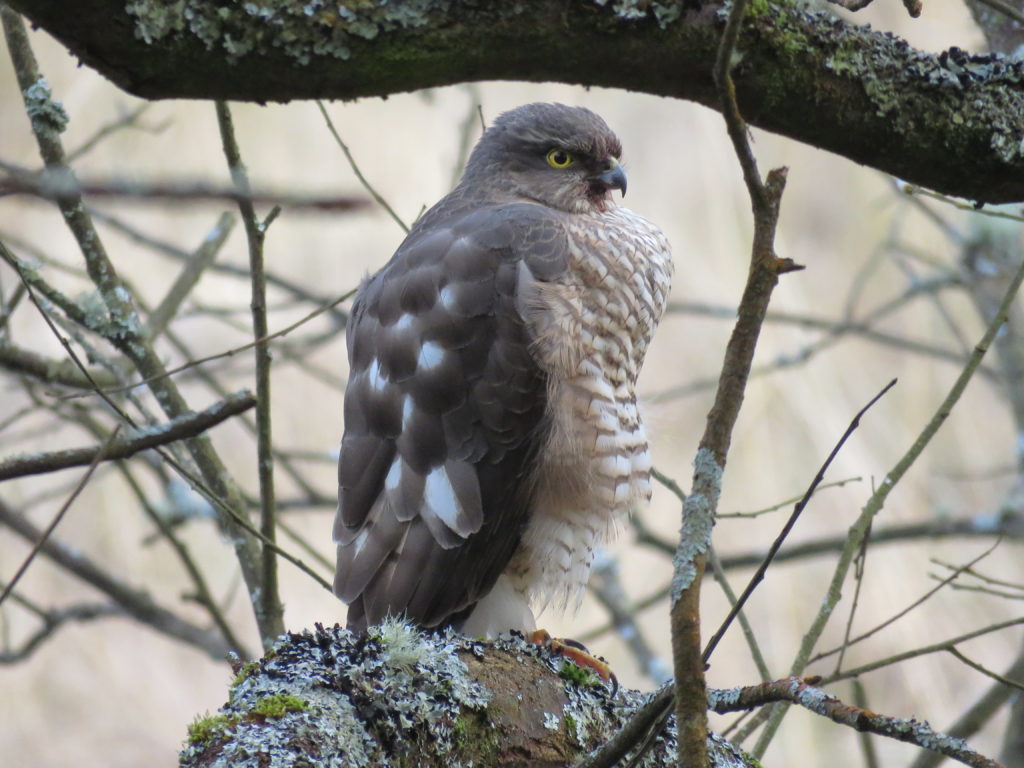 “Walking back through the wet woodlands by the boardwalk on the Glendalough fieldcourse, I was struck by frantic warbler alarm calls. Then suddenly I saw it, a juvenile Sparrowhawk perched in absolute stillness less than a metre from the ground. This picture captures the caged ferocity of a Sparrowhawk, its life mostly involves skulking quietly avoiding attention, interrupted by explosive bursts of killing power. 70% of Blue Tit fledglings end their days in the stomach of one of these supreme predators.”
“Walking back through the wet woodlands by the boardwalk on the Glendalough fieldcourse, I was struck by frantic warbler alarm calls. Then suddenly I saw it, a juvenile Sparrowhawk perched in absolute stillness less than a metre from the ground. This picture captures the caged ferocity of a Sparrowhawk, its life mostly involves skulking quietly avoiding attention, interrupted by explosive bursts of killing power. 70% of Blue Tit fledglings end their days in the stomach of one of these supreme predators.”
Darren O’Connell is a PhD student in Nicola Marples’ research group. Find out more about his research here.
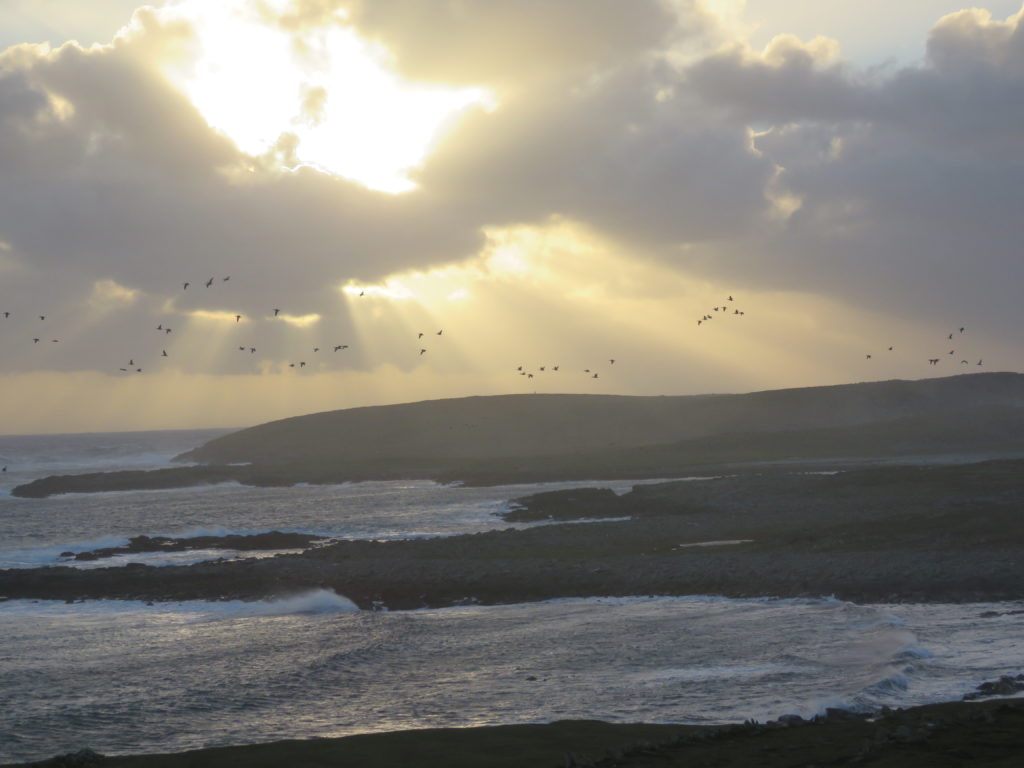 “The Inishkea Islands, off the Mullet peninsula, make for a wonderfully eerie place to do fieldwork. The islands were historically known as a home to pirates and idol worshipers and still retain a haunted feel. Helping a UCD/NPWS team satellite tagging Barnacle Geese gave me the opportunity for a mid-winter trip out to the islands. The geese had been followed south by a Greenland Gyrfalcon and were extremely cagey. As another catching attempt was frustrated by the falcon buzzing through I snapped a photo of them taking off against the sun, capturing some of the wildness and beauty of these islands. ”
“The Inishkea Islands, off the Mullet peninsula, make for a wonderfully eerie place to do fieldwork. The islands were historically known as a home to pirates and idol worshipers and still retain a haunted feel. Helping a UCD/NPWS team satellite tagging Barnacle Geese gave me the opportunity for a mid-winter trip out to the islands. The geese had been followed south by a Greenland Gyrfalcon and were extremely cagey. As another catching attempt was frustrated by the falcon buzzing through I snapped a photo of them taking off against the sun, capturing some of the wildness and beauty of these islands. ”
Darren O’Connell is a PhD student in Nicola Marples’ research group. Find out more about his research here.
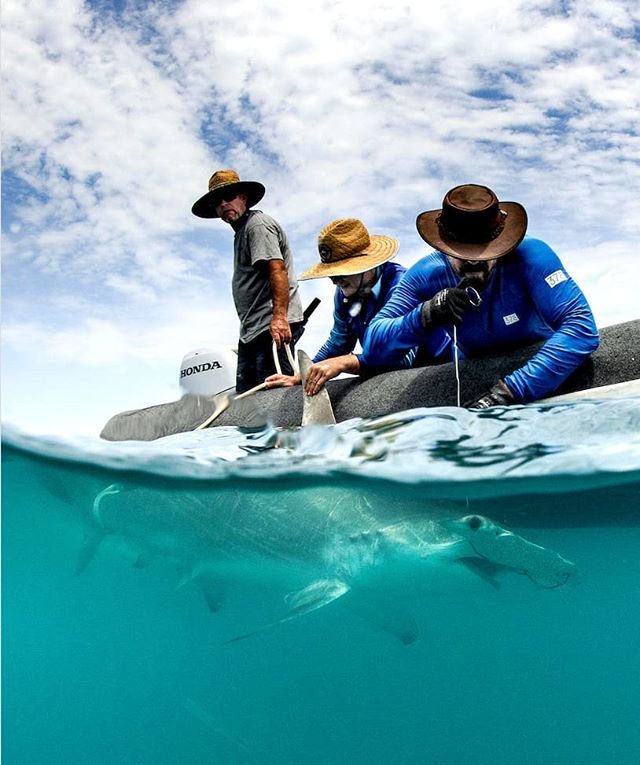 “Great hammerhead sharks are large solitary predators whose populations are under threat due to fishing that targets their valuable fins. In this image, Dr Nick Payne helps researchers from James Cook University tag a 3 metre hammerhead on the Great Barrier Reef, Australia. The tag will reveal movement patterns and habitat use of this shark as it travels throughout the east coast of Australia. Photo by Erica Heller.”
“Great hammerhead sharks are large solitary predators whose populations are under threat due to fishing that targets their valuable fins. In this image, Dr Nick Payne helps researchers from James Cook University tag a 3 metre hammerhead on the Great Barrier Reef, Australia. The tag will reveal movement patterns and habitat use of this shark as it travels throughout the east coast of Australia. Photo by Erica Heller.”
Dr Nick Payne is an Assistant Professor in nature-based solutions and marine biology. Find out more about his work here.
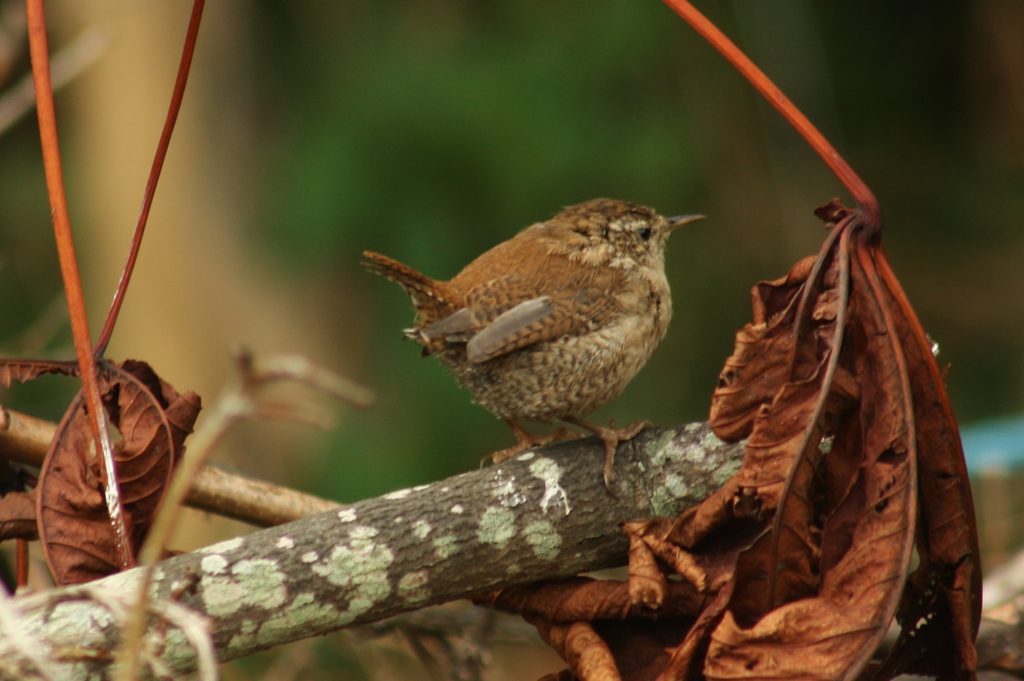 “A tiny, but fierce, Irish wren (Dreoilín) at one of my field sites.”
“A tiny, but fierce, Irish wren (Dreoilín) at one of my field sites.”
Dr Laura Russo is a postdoc in Jane Stout’s lab. Find out more about her research here.
3rd Place:
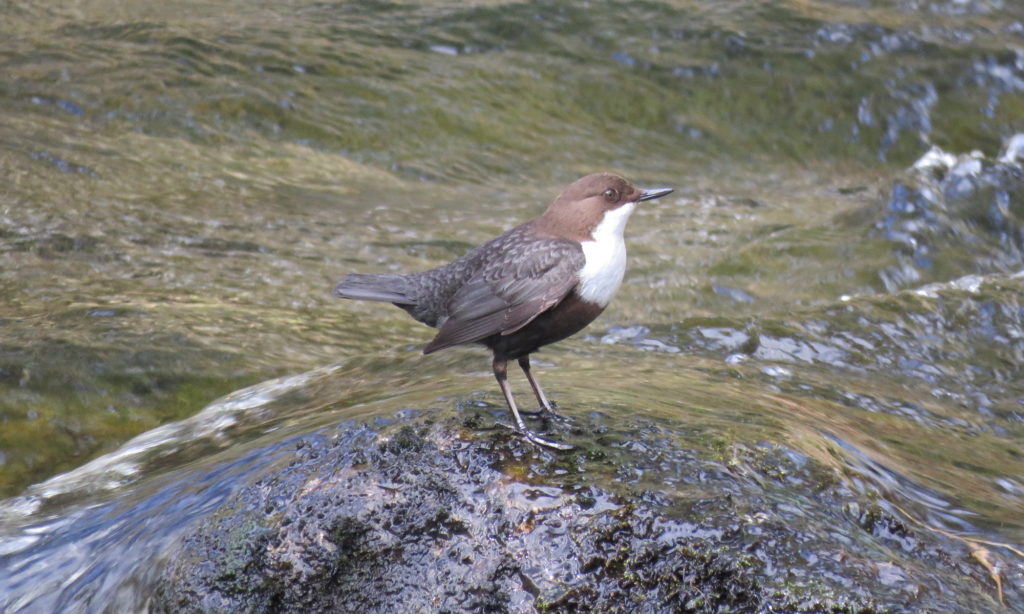 “I was always told that Glendalough was a great place to see Dippers, and finally on my last year demonstrating on the fieldcourse I saw one. It was at its jazzy best, jumping and posing for me for a full five minutes before flying off to be about its business.”
“I was always told that Glendalough was a great place to see Dippers, and finally on my last year demonstrating on the fieldcourse I saw one. It was at its jazzy best, jumping and posing for me for a full five minutes before flying off to be about its business.”
Darren O’Connell is a PhD student in Nicola Marples’ research group. Find out more about his research here.
2nd Place:
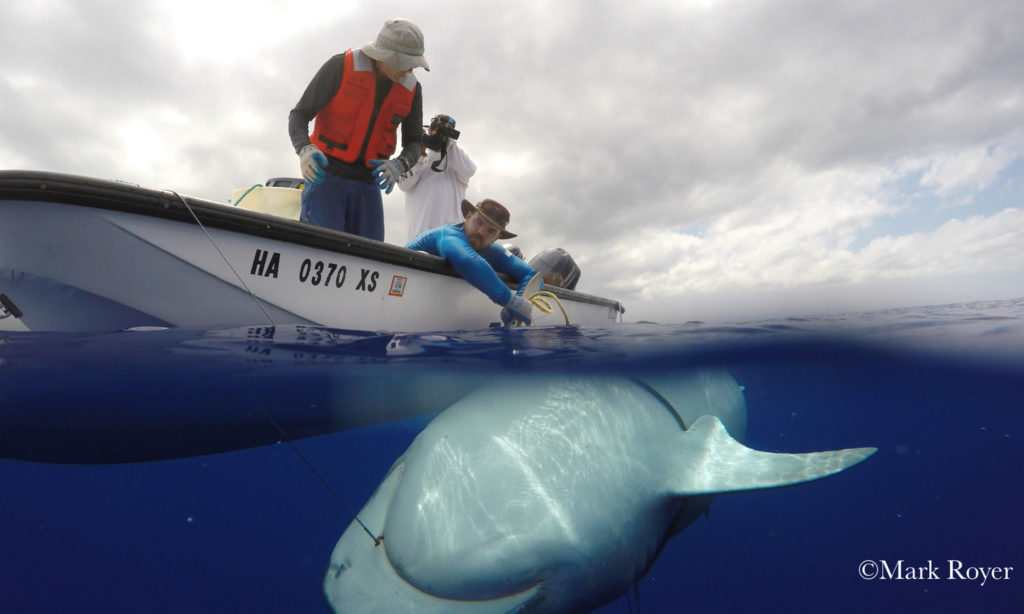 “A 4.5 metre female tiger shark being tagged off Maui, Hawaii. I collaborate with researchers at the University of Hawaii to learn about foraging behaviour and movement patterns of these spectacular animals”
“A 4.5 metre female tiger shark being tagged off Maui, Hawaii. I collaborate with researchers at the University of Hawaii to learn about foraging behaviour and movement patterns of these spectacular animals”
Dr Nick Payne is an Assistant Professor in nature-based solutions and marine biology. Find out more about his work here.
And the winner is…
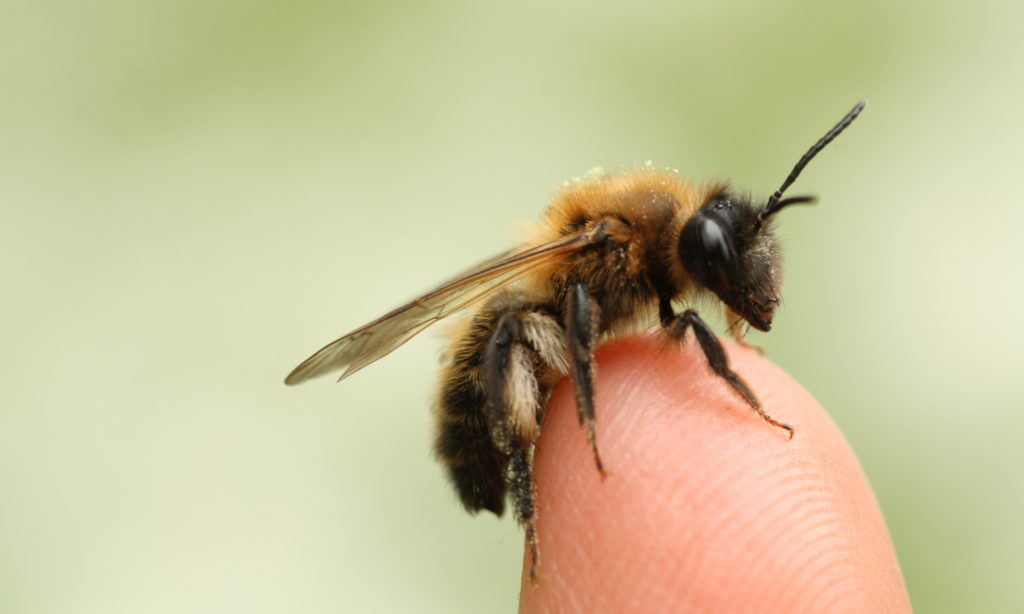 “We were delighted to find a nesting aggregation of the sweet chocolate mining bee (Andrena scotica) at the Trinity Botanic gardens in Dartry. One landed on my finger for warmth on a cool summer day.”
“We were delighted to find a nesting aggregation of the sweet chocolate mining bee (Andrena scotica) at the Trinity Botanic gardens in Dartry. One landed on my finger for warmth on a cool summer day.”
Dr Laura Russo is a postdoc in Jane Stout’s lab. Find out more about her research here.

